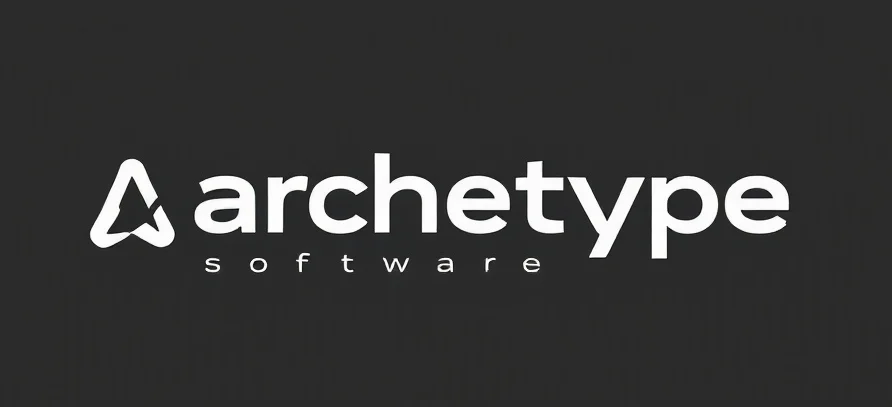Introduction: The Future of Healthcare Communication
Imagine a world where doctors don’t have to spend hours scribbling notes or typing away at keyboards. Instead, they could focus more on what truly matters—caring for their patients—while technology seamlessly transcribes their words into precise medical records. This isn’t some distant sci-fi fantasy; it’s the reality being shaped by innovations in medical dictation. In the fast-paced realm of healthcare, clear and accurate communication isn’t just a convenience—it’s a crucial lifeline. As we explore how medical dictation is transforming medicine, think of it as the bridge that connects a busy doctor’s mind to the digital record, ensuring nothing gets lost in translation.The Evolution of Medical Dictation: From Voice to Versatile Tool
Once upon a time, medical professionals relied heavily on handwritten notes and typed reports. It was a painstaking process—sometimes riddled with errors, delays, and lost documentation. The breakthrough came with the advent of voice recognition technology, turning spoken words into text almost instantaneously. Today, medical dictation isn’t just about voice-to-text. It’s a sophisticated ecosystem that combines artificial intelligence, natural language processing, and cloud computing. These advancements allow doctors to dictate complex medical histories, diagnoses, and treatment plans with a level of accuracy that was unimaginable just a decade ago. The story here is one of continuous innovation—each iteration making the process faster, more reliable, and more integrated into daily workflows.Why Medical Dictation Matters: Real-World Impact
Let’s step into the shoes of Dr. Lisa, a busy ER physician. Her mornings are a whirlwind of patient consultations, emergencies, and critical decision-making. The last thing she wants is to spend precious minutes staring at a screen or scribbling notes when her focus should be on her patient. That’s where medical dictation becomes her secret weapon. By simply speaking her observations and recommendations, her notes are transcribed in real-time, stored securely, and integrated into her electronic health records (EHR). This streamlined process saves her time, reduces errors, and ensures her documentation is both comprehensive and accurate. The ripple effect? Better patient outcomes, less administrative stress for doctors, and improved healthcare efficiency overall. This narrative isn’t unique to Dr. Lisa; it’s a growing story across hospitals and clinics worldwide.Key Features of Modern Medical Dictation Systems
Accuracy and Customization
Advanced systems learn medical terminology, jargon, and even individual doctors’ speech patterns. This means fewer transcription errors and faster turnaround times. Some platforms even adapt over time, becoming more personalized and precise with continued use.Speech Recognition and Natural Language Processing
Modern tools don’t just transcribe words—they understand context. For example, distinguishing between “patient’s history of diabetes” and “patient is diabetic” helps create more nuanced records.Security and Compliance
Patient confidentiality is paramount. Leading systems employ end-to-end encryption and adhere to strict healthcare regulations like HIPAA, ensuring sensitive information stays protected.The Road Ahead: Innovation and Integration
The story of medical dictation is far from over. Future innovations promise even more seamless integration with voice assistants, predictive analytics, and real-time decision support. Imagine a doctor speaking, and the system not only transcribes but also suggests possible diagnoses based on the conversation—a sci-fi-esque leap toward smarter healthcare. Moreover, integration with Electronic Health Records (EHR) platforms is making dictation more intuitive than ever. Imagine dictating a complex case while the system automatically tags relevant keywords, organizes data, and even drafts preliminary reports—all while the doctor moves on to the next patient.Conclusion: Embracing a New Era of Medical Communication
In the grand tapestry of healthcare innovation, medical dictation stands out as a game-changer—much like a trusty starship navigating through the vast universe of patient data. It’s transforming the way healthcare providers communicate, record, and analyze information, ultimately making medicine more precise, efficient, and human-centered. So, whether you’re a healthcare professional exploring new tech or a curious onlooker inspired by sci-fi futures, understanding the power of medical dictation reveals a glimpse of a future where technology and empathy work hand in hand. As this technology continues to evolve, one thing remains clear: the future of medicine is spoken—and listened to—with clarity and care.Checkout ProductScope AI’s Studio (and get 200 free studio credits)
